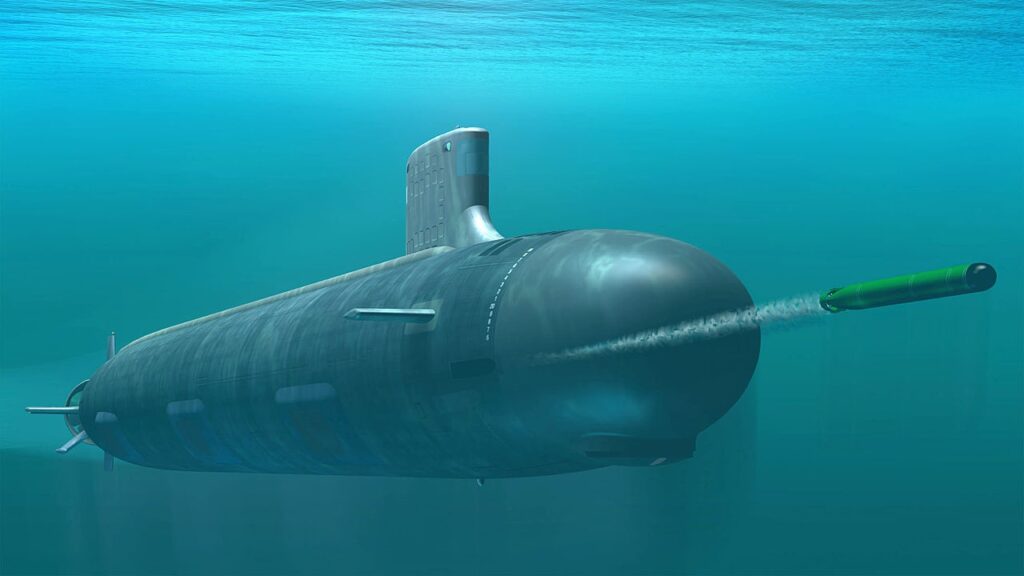
The US Navy has made a significant commitment to enhancing its submarine capabilities by awarding a $987 million contract to General Dynamics. This funding aims to support the development and production of advanced submarine classes, particularly the Columbia-class and Virginia-class submarines. As global tensions rise, the Navy is prioritizing the integration of cutting-edge technology into its fleet, underscoring the importance of submarines in maintaining national security.
Investment in Submarine Technology
Earlier this year, General Dynamics Electric Boat, a key player in submarine manufacturing, received the substantial contract. According to Defense News, this investment is crucial for increasing production capacity and improving the efficiency of the supply chain. General Dynamics Electric Boat President Mark Rayha highlighted the importance of this contract, stating, “This contract modification funds important shipyard and supply chain work essential to achieving the necessary growth in output and supports our efforts to accelerate submarine delivery.”
The US Navy’s submarine fleet is a vital component of its nuclear deterrent strategy, carrying over half of the nation’s operational nuclear arsenal. The Columbia-class submarines will play a central role in this strategy, designed to eventually replace the aging Ohio-class submarines.
Capabilities and Challenges of the Columbia-Class
The Columbia-class submarines, which have been in development since the early 2000s, are set to bolster the Navy’s sea-based deterrence strategy. A total of 12 submarines will be produced over the next decade, with construction shared between Electric Boat and Newport News Shipbuilding. Each Columbia-class submarine will feature 16 missile tubes capable of launching the Trident II D5 submarine-launched ballistic missiles. Starting with the ninth submarine, an upgraded D5LE2 missile, collaboratively designed by British and American engineers, will be introduced.
Despite the promise of enhanced capabilities, the Columbia-class program faces significant hurdles. The Navy has reported that the lead ship is expected to be delivered up to 16 months behind schedule. The Government Accountability Office (GAO) has noted that “cost and schedule performance for lead submarine construction has consistently fallen short of targets.” As of early 2024, these challenges continue, raising concerns about the timely delivery of the submarines.
The shipbuilder is under pressure to implement effective measures to rectify construction delays. Until the Navy’s shipbuilding processes are refined, the introduction of the Columbia-class submarines remains uncertain, highlighting the complexity and demand within the defense manufacturing sector.
In summary, the US Navy’s investment in next-generation submarines reflects a strategic response to evolving global security challenges. The commitment to developing the Columbia-class submarines demonstrates the Navy’s focus on maintaining a formidable underwater presence, even as it navigates the complexities of modern military production.






